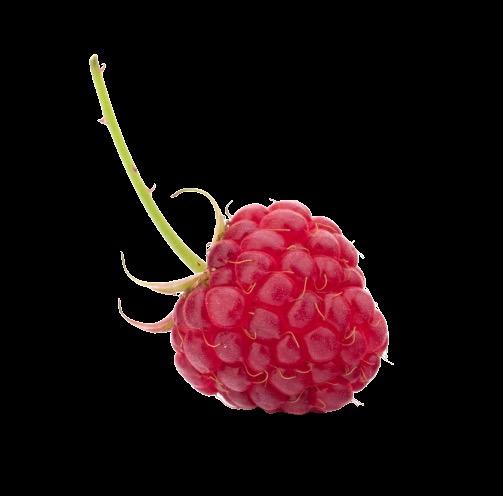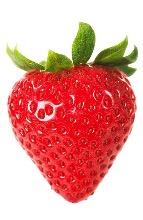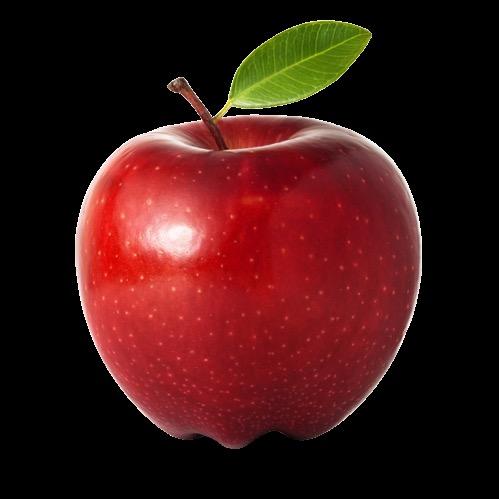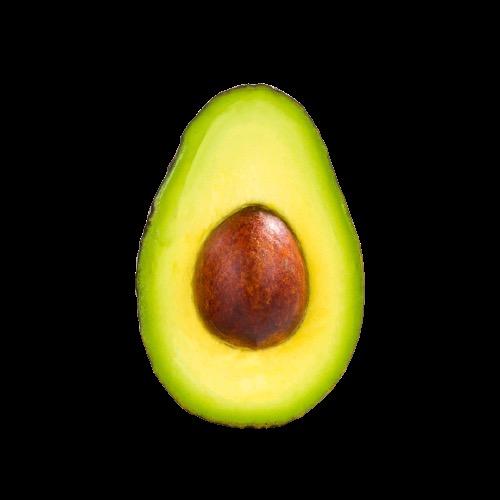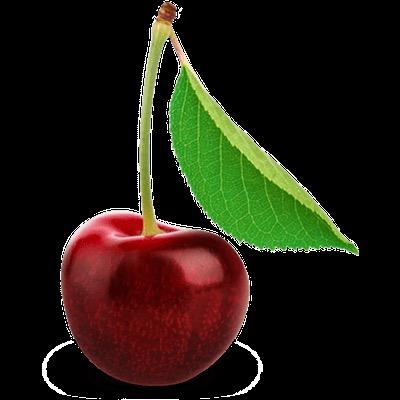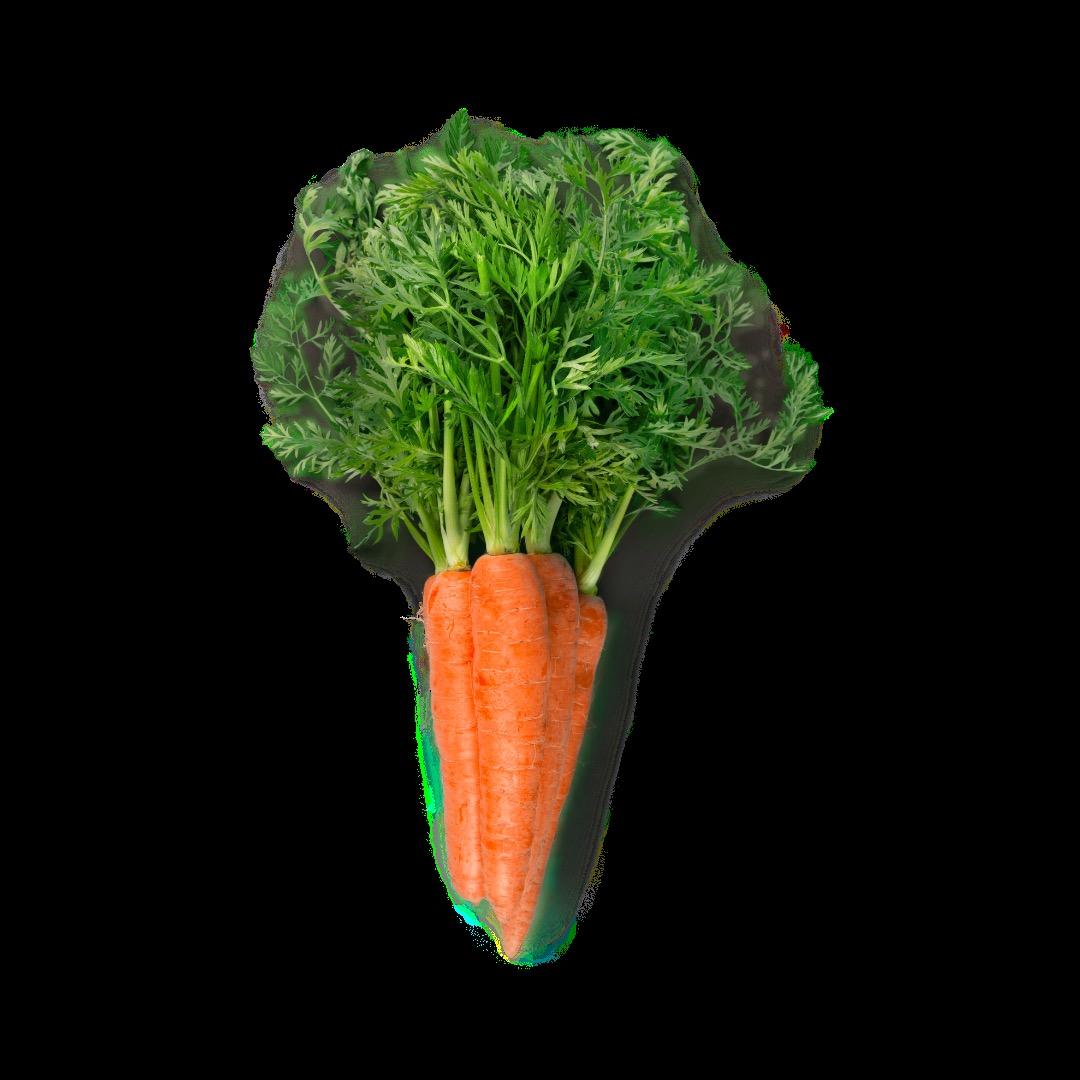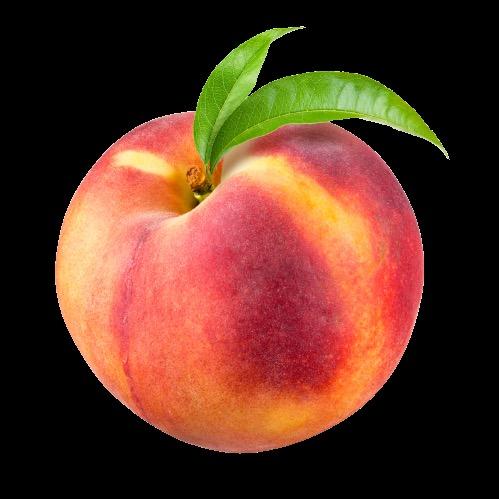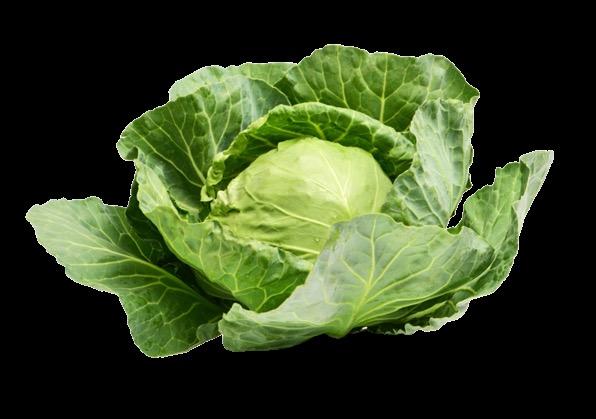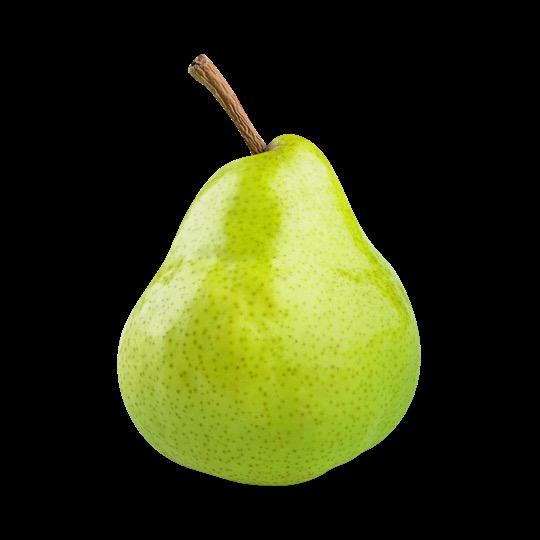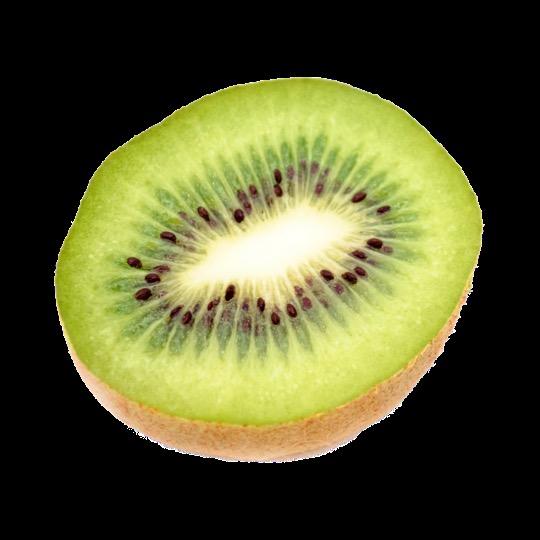




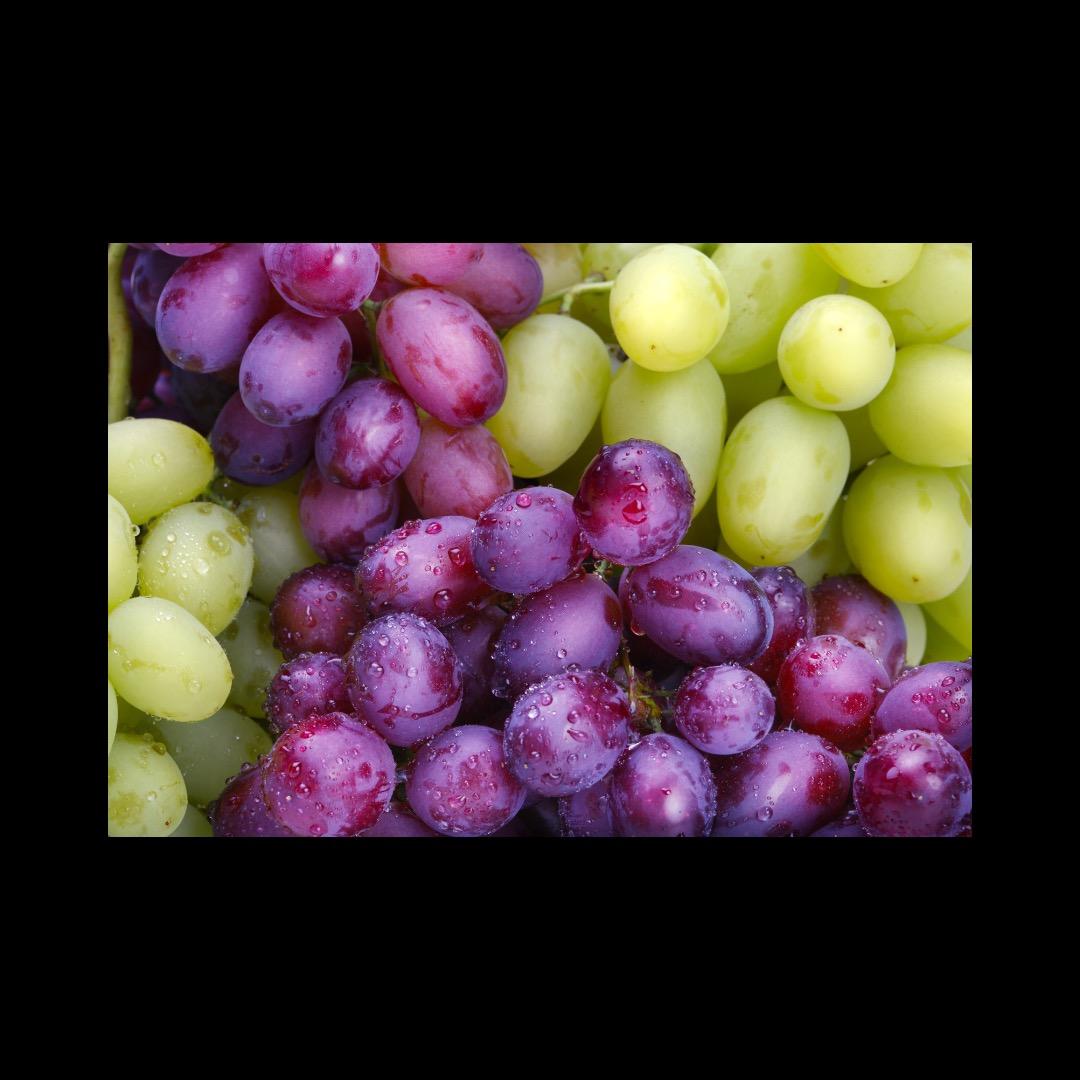

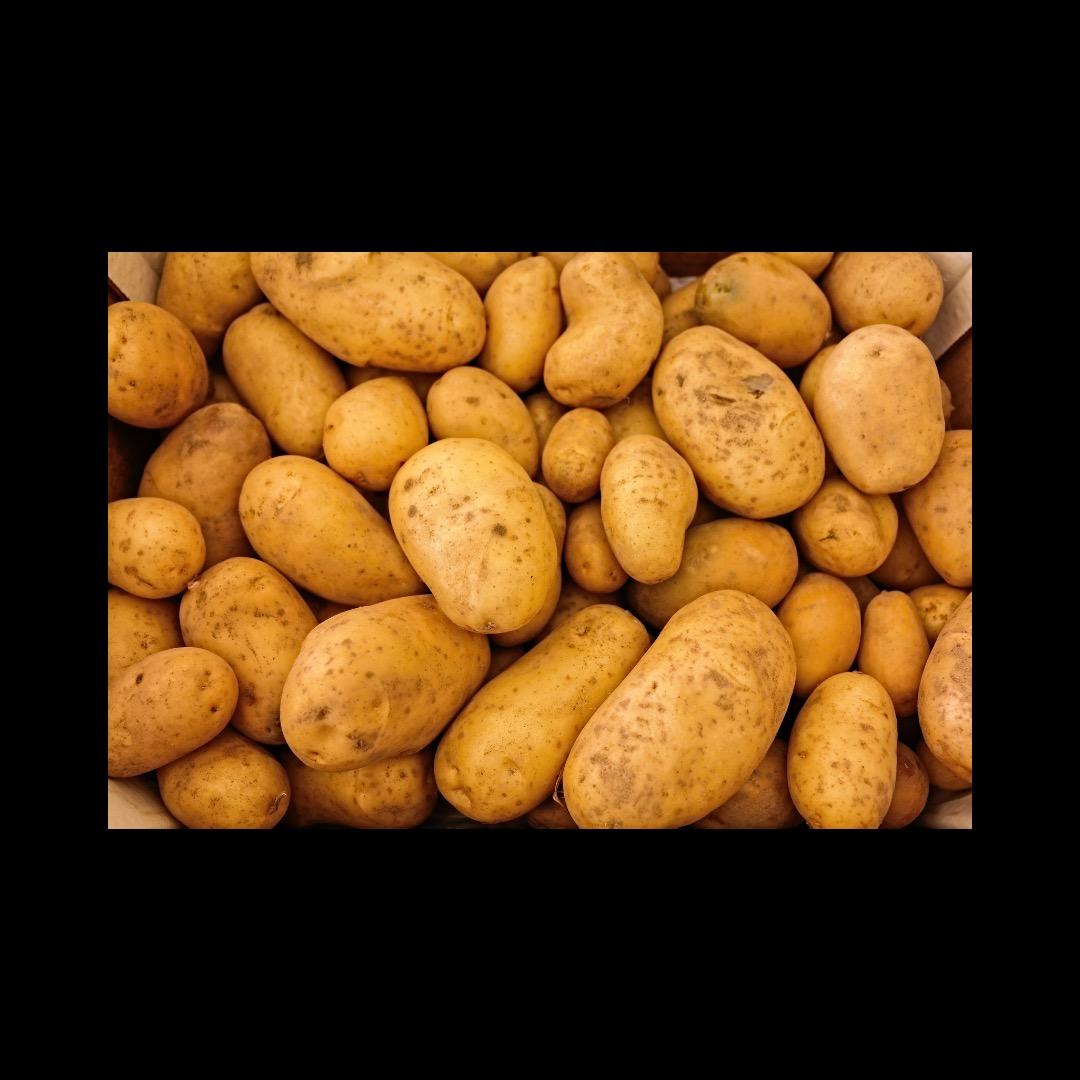

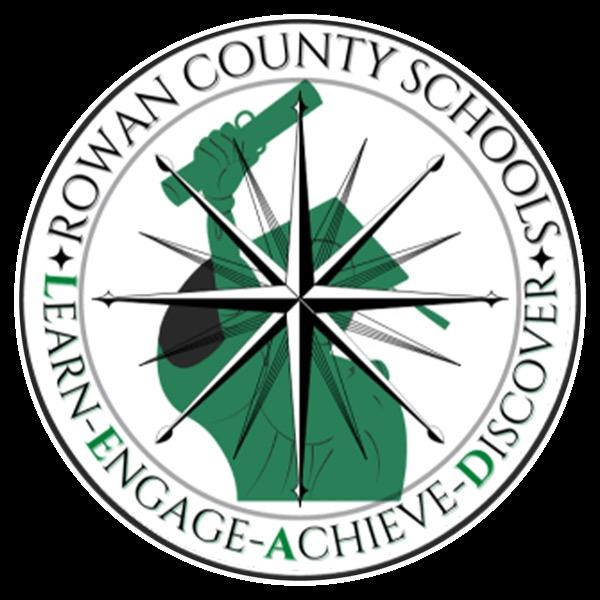
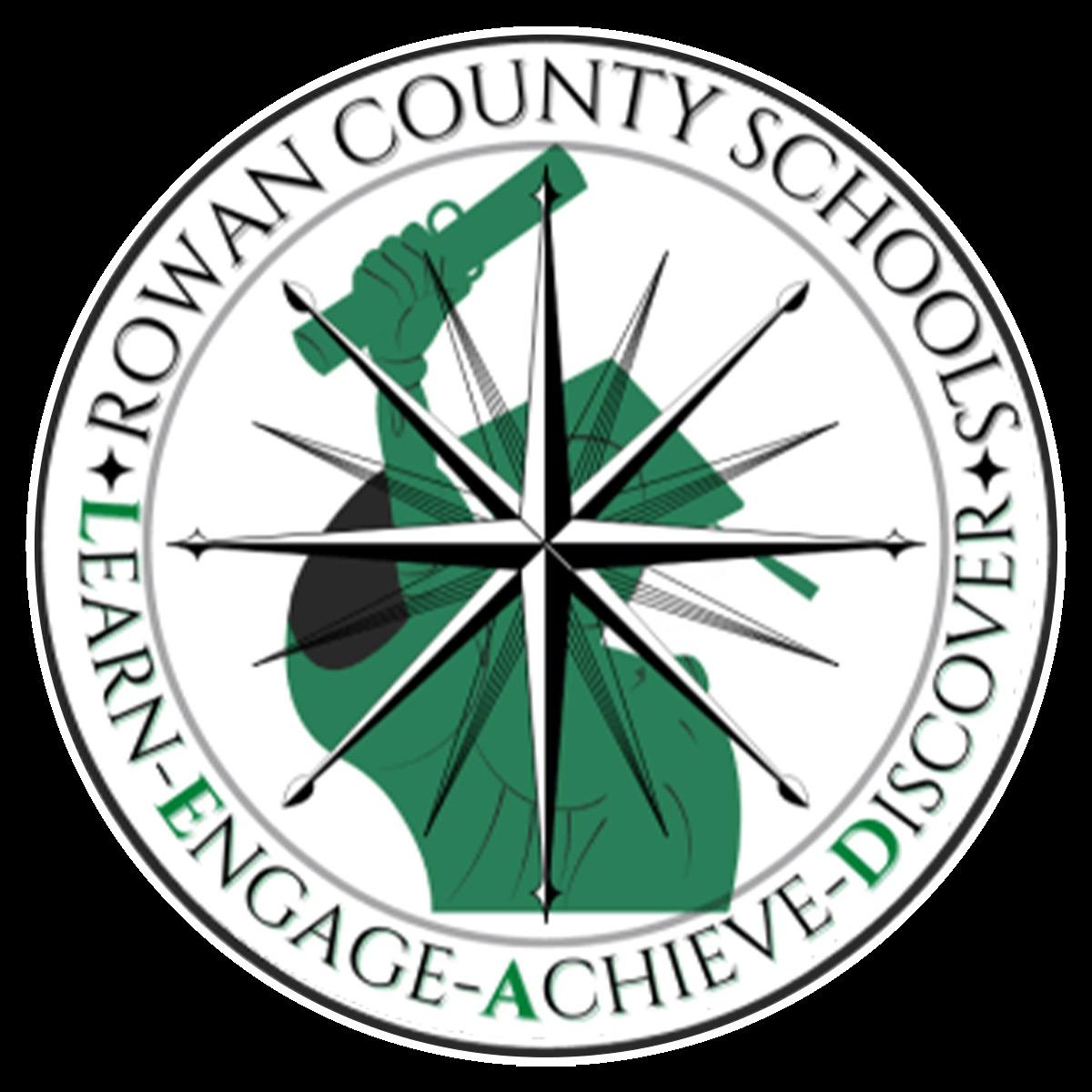
Dear Rowan County Families,
We are thrilled to welcome you and your children to another exciting school year! As the Assistant Food Service Director for Rowan County Schools, I am proud to share the wonderful news that our district participates in the Community Eligibility Program (CEP). This means that all students enrolled in Rowan County Schools are eligible to receive both breakfast and lunch at no cost, every school day.
We understand that a healthy breakfast and lunch are vital for your child's success in the classroom. Proper nutrition not only fuels their bodies but also sharpens their minds, helping them to focus and excel in their studies. We encourage all students to take advantage of the nutritious meals we provide daily. Each meal is carefully planned to meet high nutritional standards, ensuring that your child receives the energy and nutrients they need to thrive throughout the day.
Our dedicated food service team is passionate about feeding your children delicious, wholesome meals that they will enjoy. We are excited to see their smiling faces each day as they come through our cafeteria lines.
We look forward to serving your children and contributing to their health and well-being throughout the school year. If you have any questions or need further information about our meal programs, please do not hesitate to reach out to our department. Thank you for entrusting us with the important task of nourishing your children. We are honored to be a part of their educational journey.
Sincerely,
Jessica Kiser Assistant Foodservice Director Rowan County Schools

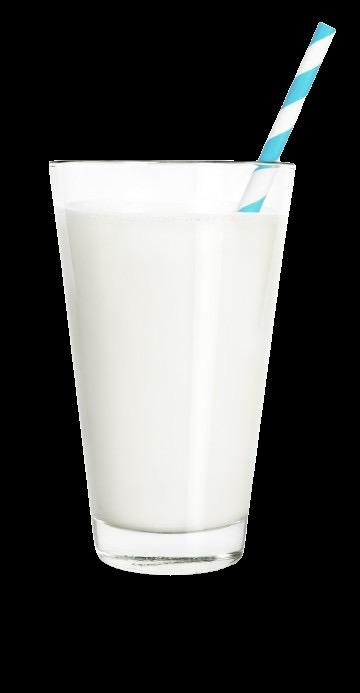



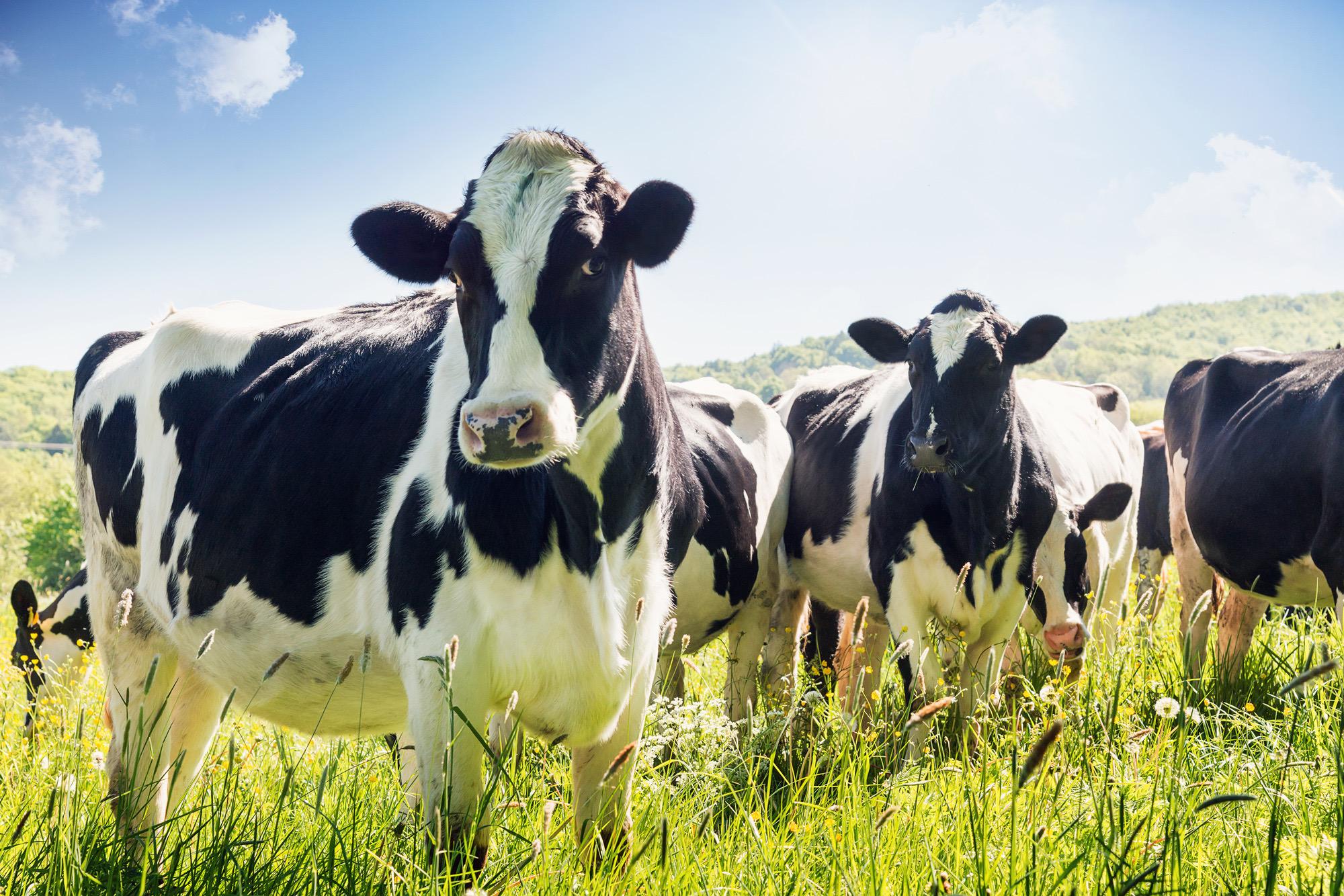


Milk is a type of dairy product –most commonly made from cows.
1. Ayrshire
2. Brown Swiss
3. Guernsey
4. Holstein
5. Jersey
1 cow produces around 6 gallons of milk/day.
1 serving milk contains 13 essential nutrients


Milking Shorthorn
Holstein cows all have a unique pattern of spots!
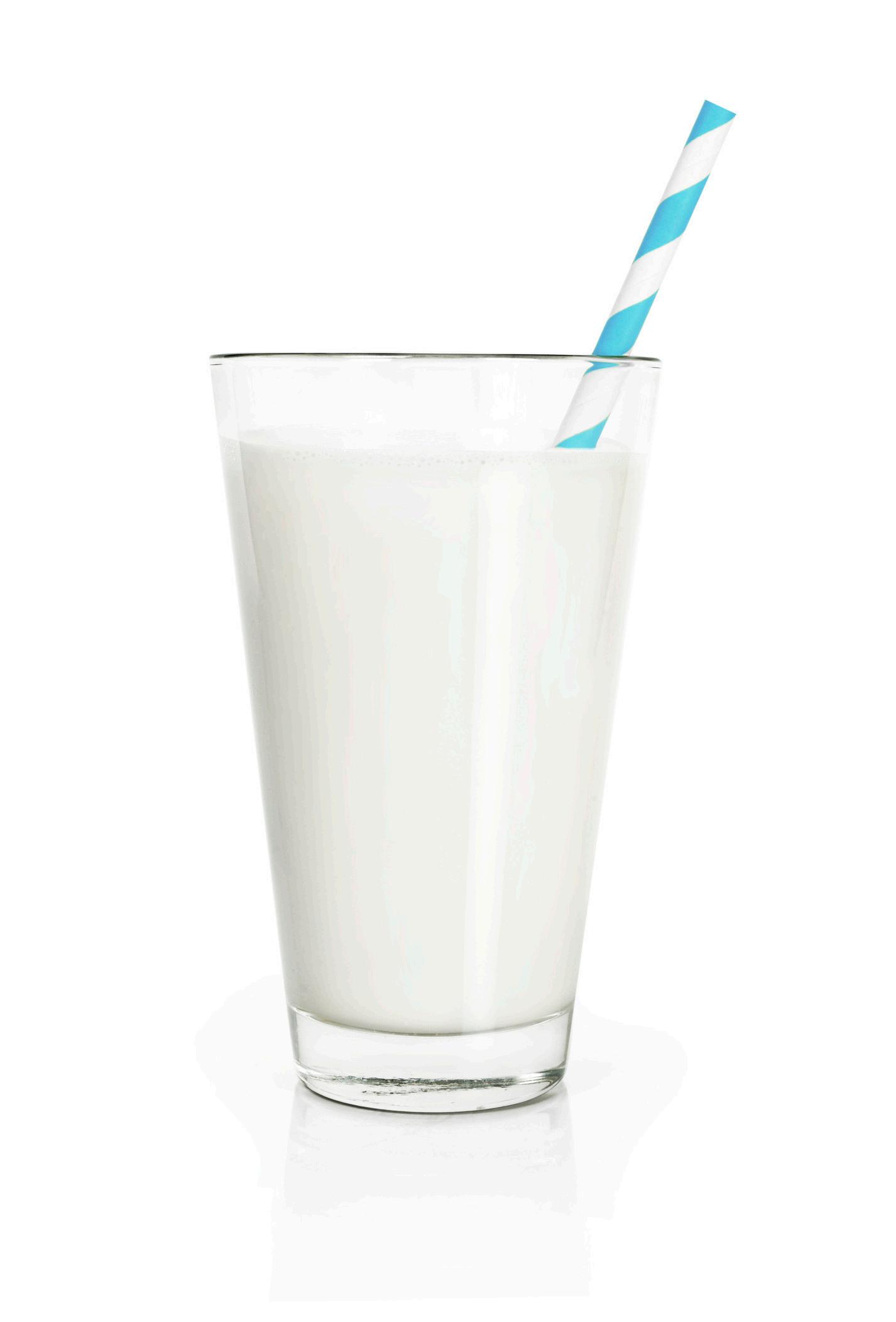

The U.S. produces ~227 BILLION pounds of milk each year.

The reason milk is white is because it contains “casein” - a type of protein. Milk is the source of ALL dairy products!



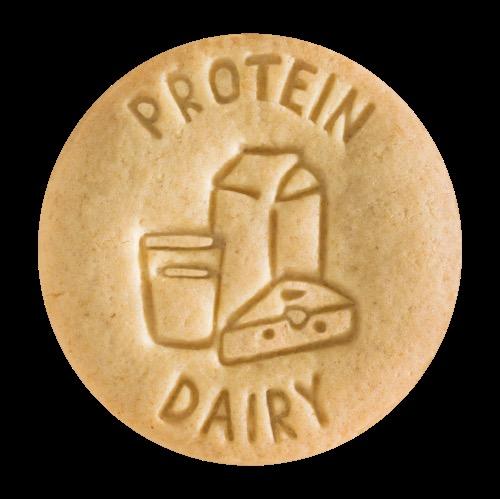




Protein builds, maintains and replaces the tissues in the body.
Protein helps to transport & store nutrients throughout the body.
18 - 20% of the body is protein.

EVERY cell in the human body contains protein.

The body cannot store protein long term… which is why protein needs to be consumed daily.

Protein plays a big role in building and repairing muscles.


Protein is a MACRONURIENT . A macronutrient is a nutrient that the body needs in LARGE
Protein helps maintain fluid balance throughout the body.

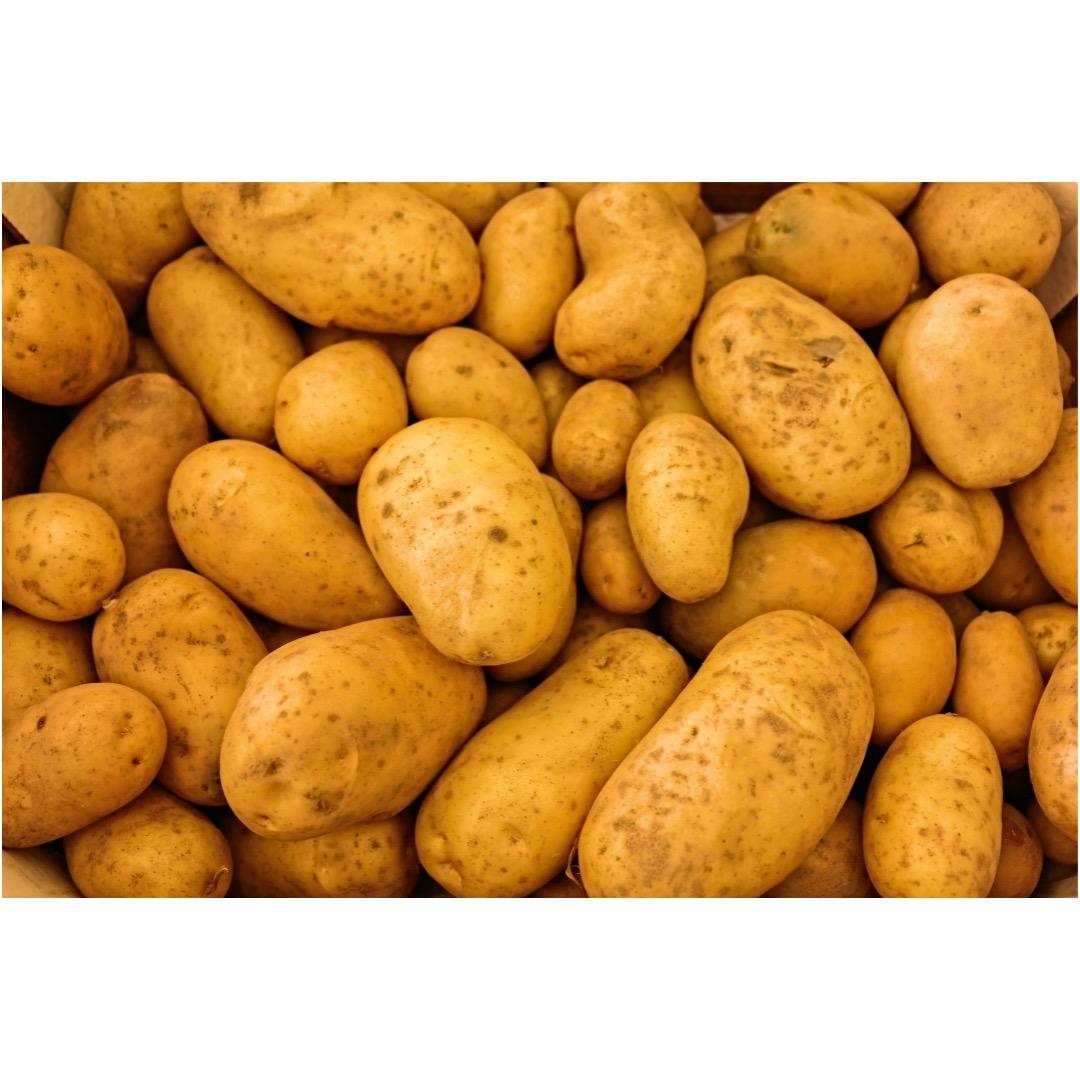


Potatoes are a starchy vegetable - specifically, a tuber.

U.S. farmers produce around 4.5 million pounds of potatoes every hour.
35% of potatoes are turned into French fries.

Tubers are vegetables that grow underground at the base of the root.
In 1995, potatoes became the first vegetable grown in

Potatoes are also referred to as “spuds.”
National Potato Day
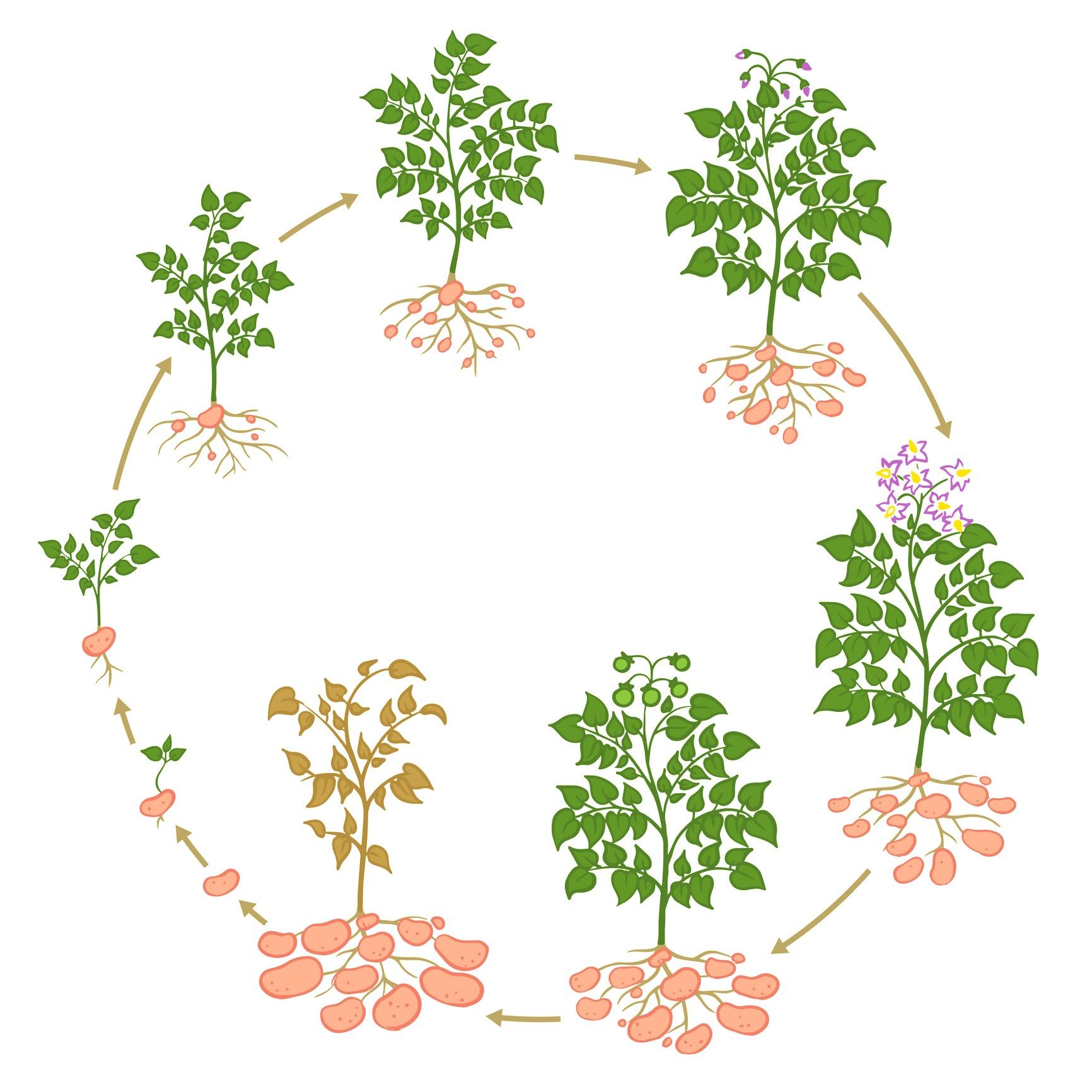
Potatoes are grown in all 50 states. Potatoes are an annual plant.
Potatoes are the 2nd most consumed food in the U.S. after dairy products.


Potatoes are a part of the nightshade family.



Potassium supports balancing fluid in the body & proper function of the muscles and nerves.

Once potassium enters the body, it functions as an electrolyte.
Helps to keep the body hydrated!
Electrolytes help balance the amount of water in the body.

FUN FACT:
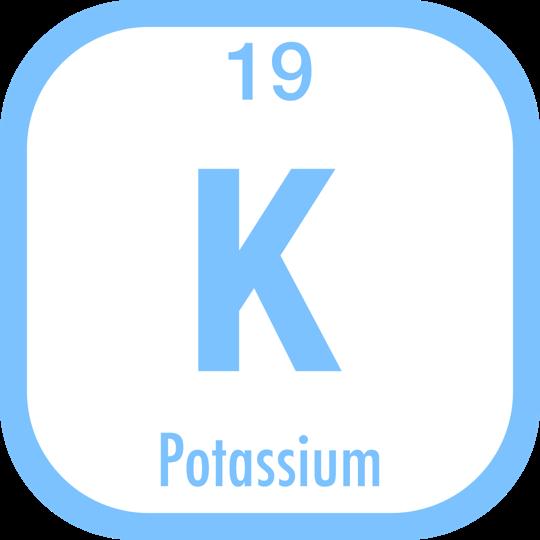
Potassium is the THIRD most abundant mineral in the body.
Potassium helps promote bone health.
The body is made up of approximately 60% water.
Potassium helps to regulate muscle contractions.

98% of the body’s potassium is found it its cells.
Many runners eat foods high in potassium before a run to prevent muscle cramps





Grapes are a type of that generally grow in clusters.
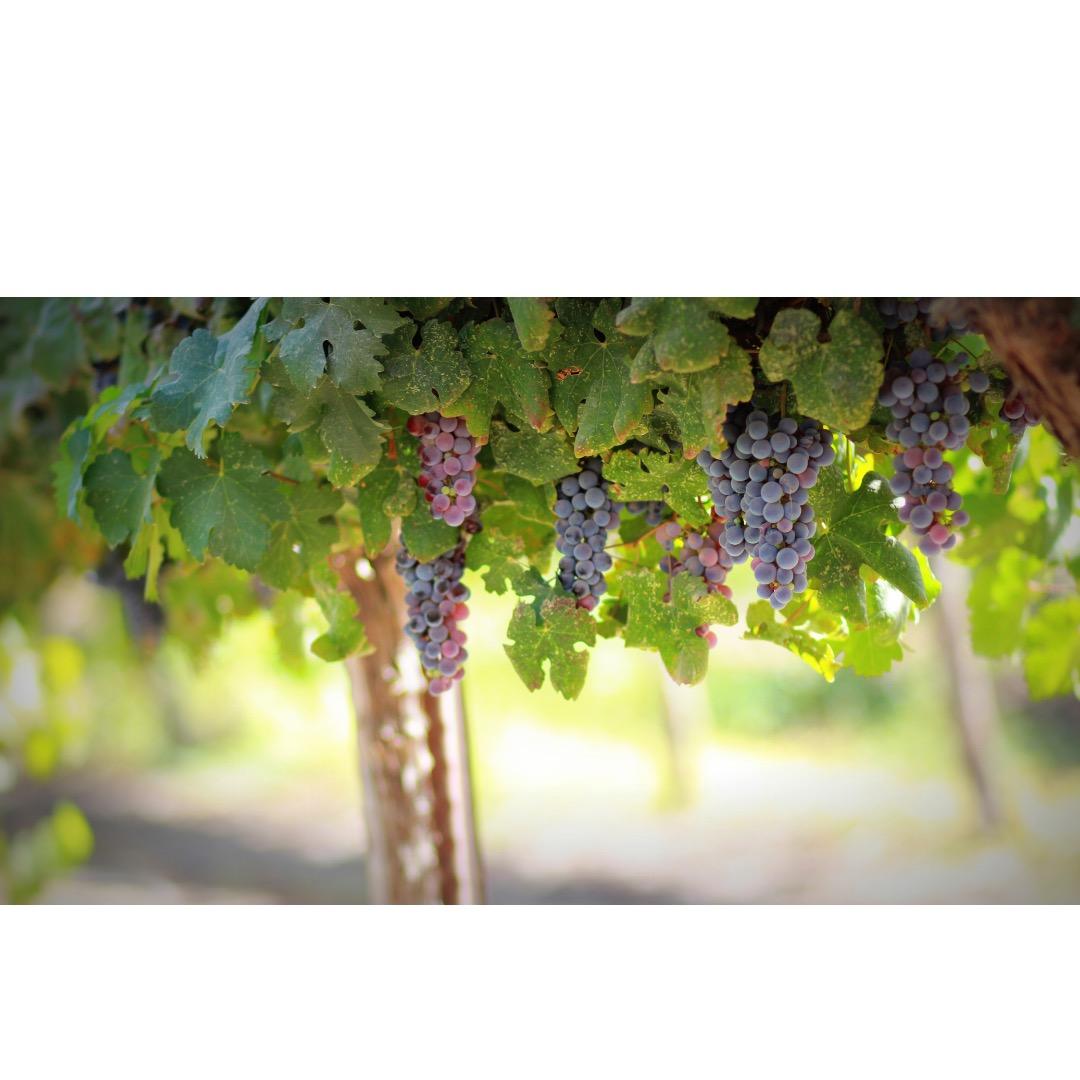
Colors of grapes: green, white purple, blue
Concord grapes are native to the U.S.

97% of grapes grown in the U.S. are from California.



Grapes are in peak season in the United States from August to October.

Grapevines can reach up to 50 feet in length.

1 grapevine produces around 40 clusters of grapes.
1 grape cluster contains around 75 grapes.



B Vitamins help support the body’s energy levels, brain function & cell metabolism
essential B vitamins:
Vitamin B1, Vitamin B2, Vitamin B3, Vitamin B5, Vitamin B6, Vitamin B7, Vitamin B9 & Vitamin B12.

Water is needed to help the body absorb B vitamins.


B5, B12, C and E knock on your door…what do you do?
In-Vitamin!


B vitamins helps the body make energy from food.
The body cannot store most B vitamins, so they need to be regularly consumed.
B vitamins plays a role in serotonin production.
Serotonin makes us feel happy




Watermelon is a type of fruit that is a part of the gourd family
Watermelons are the official state vegetable of Oklahoma.
Watermelons are harvested by hand
There are over 1,200 varieties watermelon.
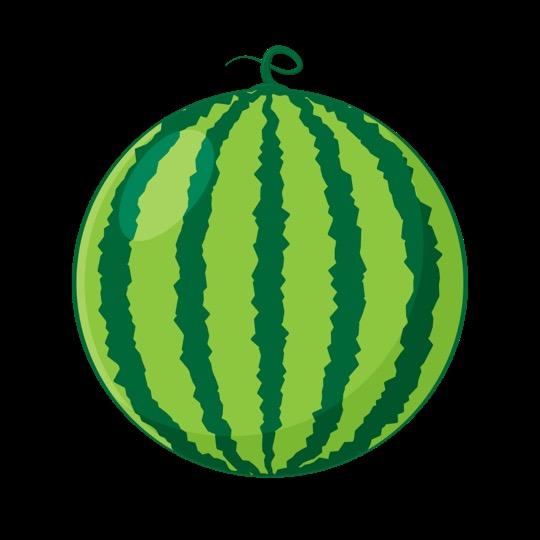

Watermelons are related to squash
Watermelons are technically a fruit AND a vegetable.
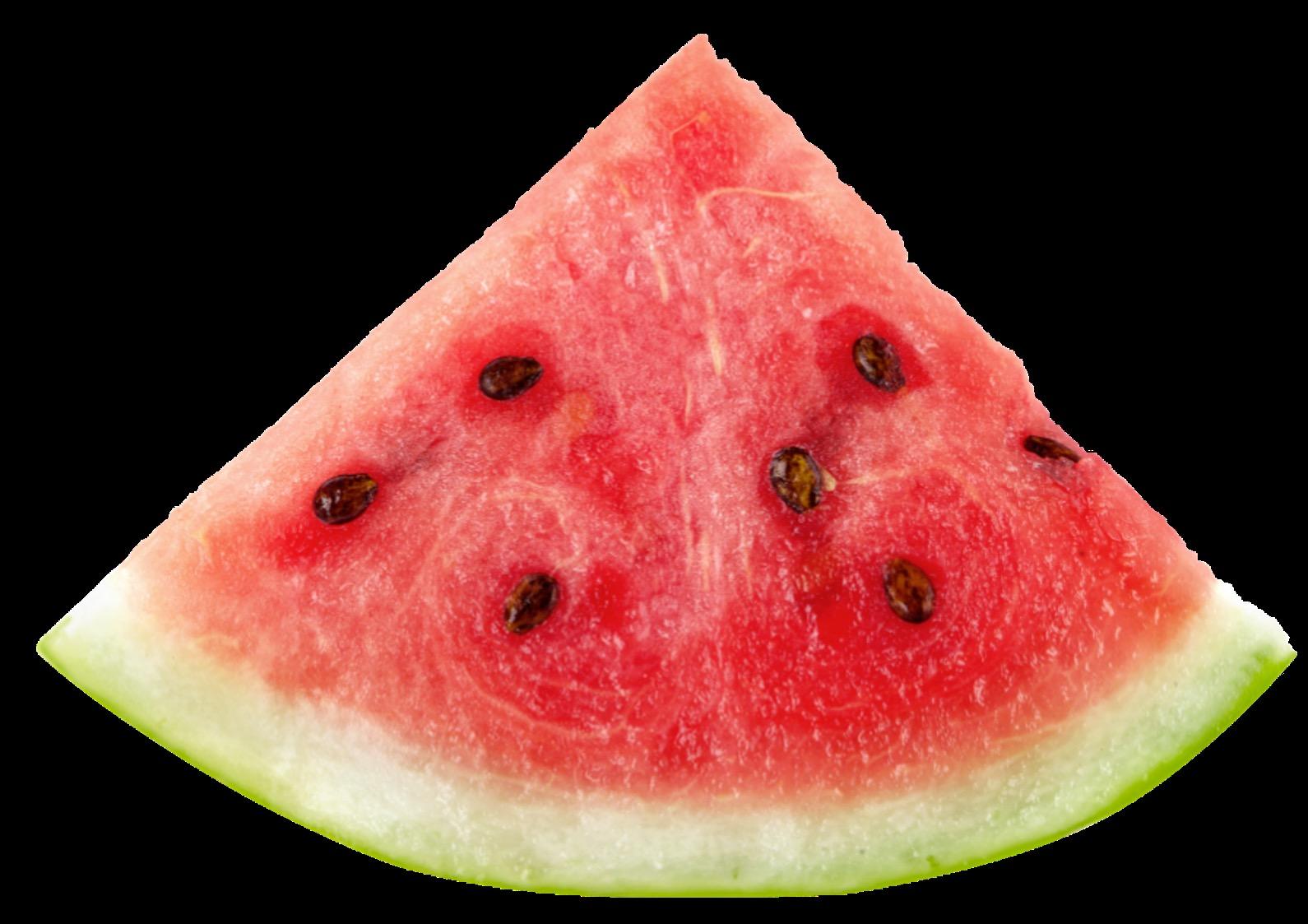
Watermelons take 90 days to grow from seed to fruit.
Seedless watermelon are the most popular.
JULY is National
Watermelon Month!

Watermelons are 92% water.


Watermelons are grown in 96+ countries worldwide.





Hydration is the process of Water is the body’s main source of hydration.





The body’s 6 essential nutrients: carbohydrates, proteins, fats, vitamins, minerals & WATER ! Water helps carry nutrients & oxygen to all the cells in the body.

Proper hydration can help to improve moods.
The body is better at fighting off when properly hydrated.
Sleep quality can improve when the body is hydrated.
Many fruits & vegetables have a high water content, making them hydrating to eat.



